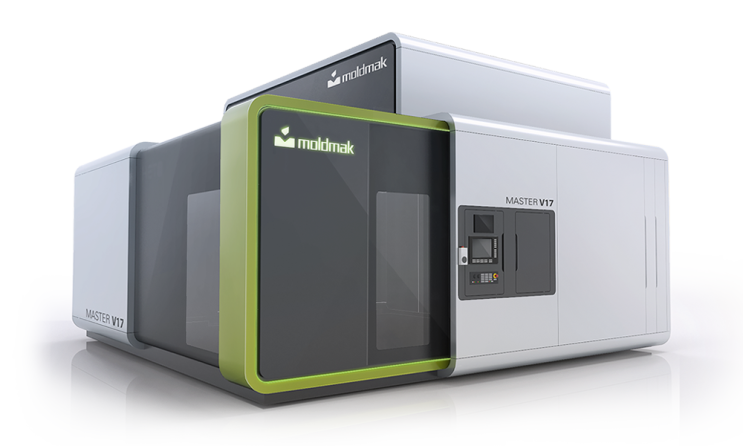Introduction to Injection Molding Processes
Injection molding is one of the most common manufacturing processes for producing plastic parts and products at scale. There are several types of plastics that can be injection molded, with polycarbonate and ABS being two of the most popular.
Both polycarbonate and ABS injection molding produce strong, durable parts that have a wide range of applications. However, each material has unique properties and requires specific considerations when designing molds and tools.
Molding processes like polycarbonate mold injection offer durability and heat resistance for many applications. For more affordable but still sturdy parts, ABS plastic molding is a good option.
In this comprehensive guide, we’ll explore polycarbonate and ABS injection molding processes, including the properties and applications of each plastic, mold design principles, tooling requirements, and processing parameters. With the right knowledge, you can determine which material is optimal for your product and leverage injection molding to efficiently manufacture quality components.
Overview of Polycarbonate Injection Molding
Polycarbonate (PC) is an incredibly versatile engineering thermoplastic used across industries like healthcare, electronics, automotive, and more. It offers an exceptional balance of toughness, impact resistance, stiffness, heat resistance, and optical clarity.
Polycarbonate Material Properties
Some of the notable characteristics of polycarbonate that make it suitable for injection molding include:
- High impact strength – Polycarbonate has very high impact and shatter resistance, even at low thicknesses. It’s far superior to other clear plastics like acrylic in this regard.
- Heat resistance – PC retains its stiffness, tensile strength, and impact resistance at elevated temperatures up to 130°C. It has a glass transition temperature around 145°C.
- Optical clarity – Polycarbonate has excellent clarity and light transmission on par with acrylic. It also resists yellowing from UV exposure.
- ** Dimensional stability** – Parts maintain their shape and size even with fluctuations in temperature and humidity. Polycarbonate has very low moisture absorption.
- Easy to mold – The thermoplastic flows well into complex mold cavities. Textured finishes can be achieved.
Common applications of polycarbonate injection molded parts are safety goggles, lenses, transparent components, medical devices, automotive headlamps, electronic housing, and more.
Polycarbonate Mold Design Guidelines
Polycarbonate injection molding requires precision mold tools engineered for the material’s characteristics:
- Uniform wall thickness recommended to prevent warpage and ensure even fill. Variations lead to inconsistencies in shrinkage.
- Draft angles of 1-2° on vertical surfaces to allow demolding. More for deeper cavities.
- Generous internal radii help material flow and reduce stress points. Minimum 3x wall thickness.
- Venting channels added to allow trapped air to escape. This prevents defects like burn marks.
- Polish mold cavity to an SPI #2 finish (approx. 0.5 μm) for glossy transparent components.
Polycarbonate Tooling Specifications
Tool steels like P20 or H13 hardened to 48-52 HRC are typically used. Key tooling considerations include:
- High precision – Tight tolerances and surface finish required for clarity in optics.
- Wear resistance – Hardened tool steel prevents erosion from abrasive PC melt at high injection pressures.
- Heat resistance – Handles polycarbonate processing temperatures around 280-320°C.
- Polycarbonate-specific coatings – Nickel-Teflon composite coatings improve release. Uncoated steel can fuse with PC.
Automated production injection molding machines offer the control and precision needed for polycarbonate molding.
Polycarbonate Injection Molding Process Parameters
Polycarbonate processing requires attention to the following processing windows:
- Melt temperature – 280-320°C. Too low causes incomplete melting and voids, too high degrades material.
- Mold temperature – 60-100°C. Cooler molds increase cycle times. Hot molds reduce strength.
- Injection pressure – 68-138 MPa. High pressure fills complex geometries. Excess causes flash.
- Injection speed – Fast but controlled speeds ensure complete cavity filling.
- Cooling time – 15-60 seconds. Polycarbonate solidifies slower than most plastics, requiring extended cooling.
Polycarbonate is sensitive to moisture absorption during molding. Dried resin and dehumidified hoppers prevent splay and bubbles.
Overview of ABS Injection Molding
Acrylonitrile butadiene styrene (ABS) is another widely used injection molding thermoplastic valued for its strength, stiffness, and durability across consumer and industrial products.
ABS Material Properties
Some notable characteristics of ABS relevant to injection molding include:
- High impact resistance – ABS has excellent impact strength and toughness, even at low temperatures.
- Strength and rigidity – ABS has good tensile and flexural strength to withstand high mechanical loads.
- Dimensionally stable – Low coefficient of thermal expansion and limited shrinkage help maintain precise tolerances.
- Process versatility – ABS flows readily into complex molds and accepts many secondary finishing processes.
- Abrasion/chemical resistance – ABS offers reasonable resistance to acids, alkalis, salts and many oils.
Common applications of ABS injection molded components include automotive trim, electronic enclosures, appliances, power tools, pipes and fittings, toys, and protective gear.
ABS Mold Design Principles
ABS injection molds should follow these design practices:
- Uniform wall thickness around 2-4mm. Avoid drastic changes in thickness.
- Include a draft angle of 0.5-1° on all vertical surfaces for demolding.
- Generous internal radii on corners to reduce stress concentrations. Minimum 3x wall thickness.
- Venting slots and channels prevent trapped gases from causing defects.
- SPI #3-4 mold finish (1-2 μm roughness) for lightly grained texture.
ABS Injection Mold Tooling
ABS production molds are machined from pre-hardened tool steels like P20 or H13. Key tooling requirements are:
- Hardness over 48 HRC for 120,000+ cycles without abrasive wear.
- Polished surface finish to capture fine molded details.
- Heat resistance for ABS processing temperatures around 220-270°C.
- Good cooling channels and thermal conductivity.
As a softer plastic, ABS flows easily into the mold cavity at lower injection pressures than materials like polycarbonate.


